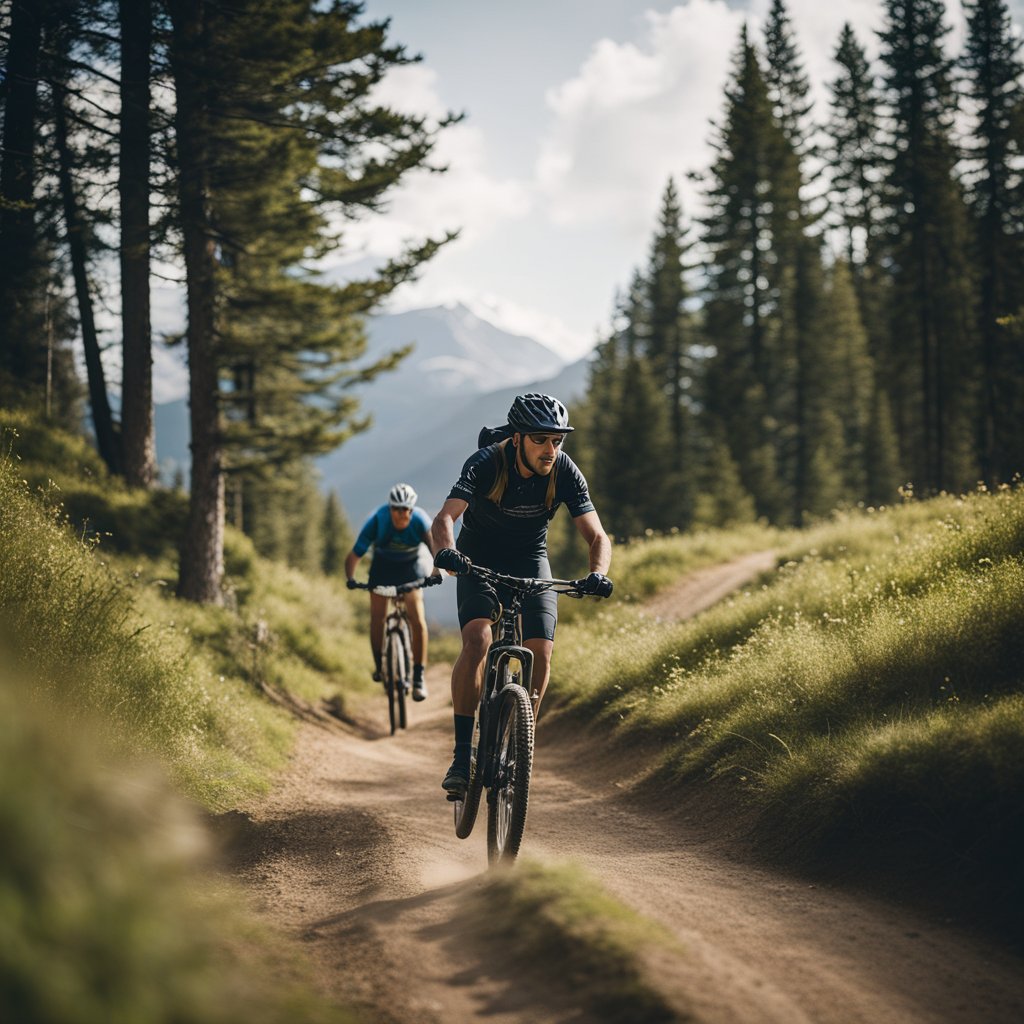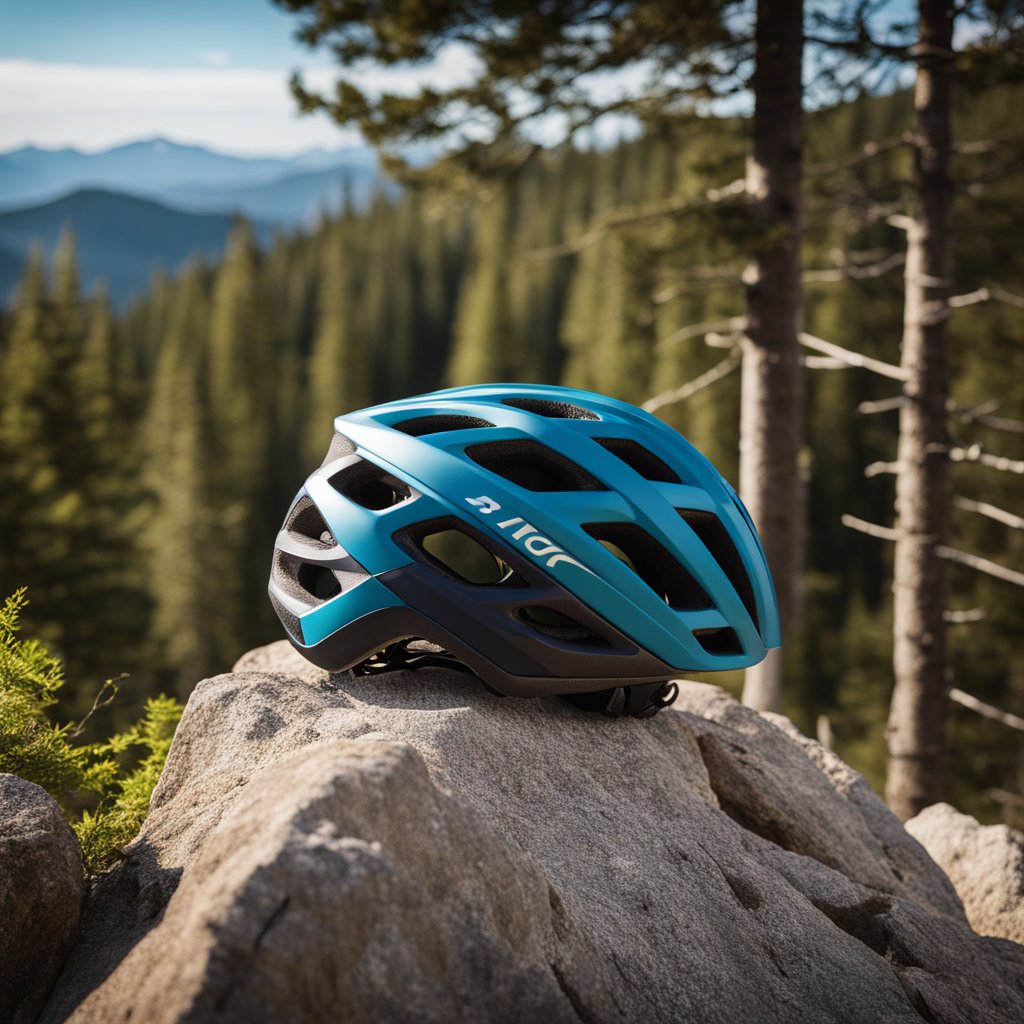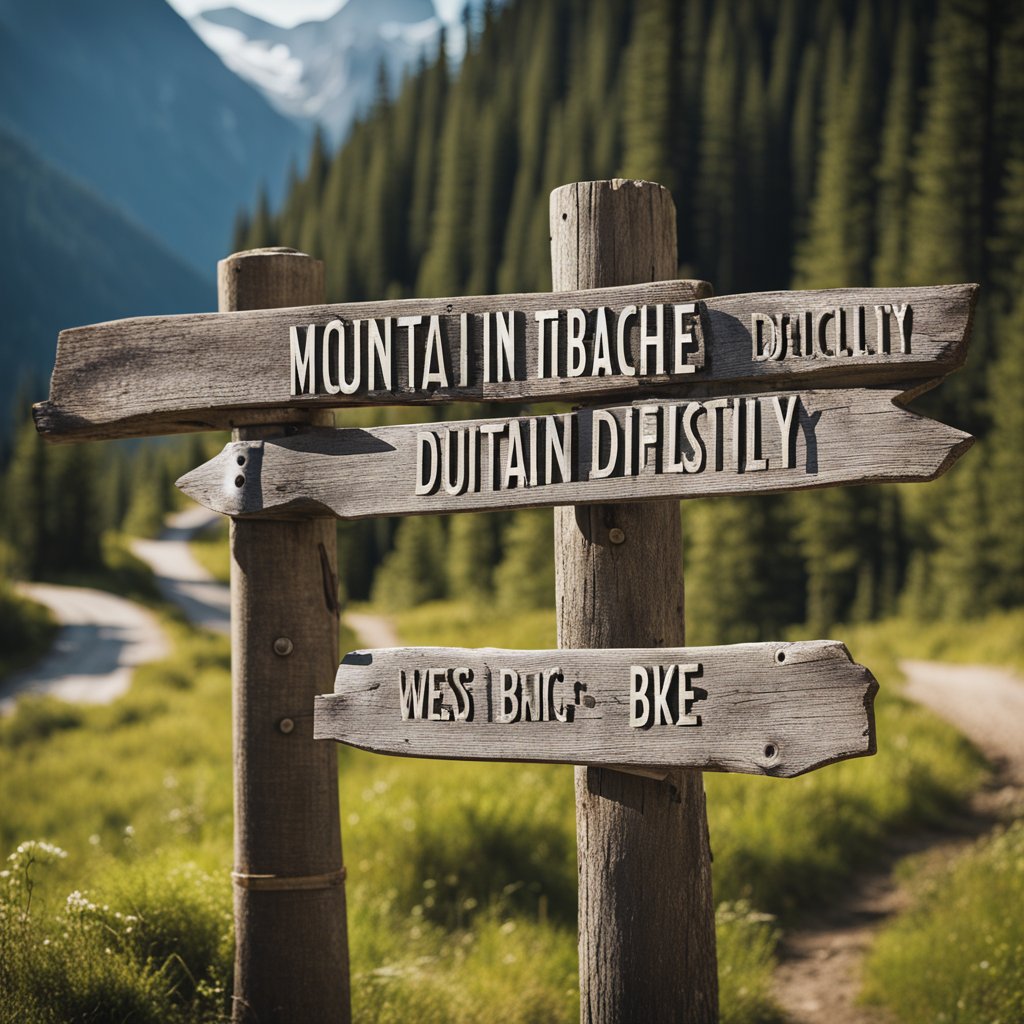If you’ve already read my DIY mountain bike tune-up article, you’ll know that I’m a believer that a clean bike is a happy bike. This is a bit of a polarizing subject though – some people believe that mountain bikes are like garden shovels and they’re meant to be dirty all the time. Others choose to stay on top of it and keep their bike looking new for as long as possible.
If you’re one of those people, that’s great! But does that mean you need to spend a bunch of money buying bicycle-specific cleaning products? I can attest that they work well. But they aren’t the only way to keep your bike clean.
Using car detailing products on a mountain bike is safe in most cases. Bikes and cars are built with many of the same materials such as paint, metal, plastic, rubber, and even carbon fiber. If a product is intended to work on these surfaces on a car, it will be fine on a bicycle too.
Mountain bikes and cars are hobbies that commonly crossover for people. If you’re into cars, chances are that you already have a decent arsenal of car care products for detailing. You can use many of those on your mountain bike with no ill effects. As a matter of fact, some of them can work better than the bicycle-specific products!
Car detailing products that can be used on mountain bikes
The important thing to remember is that we don’t need to over-think this. Mountain bikes are built very similarly to cars and motorcycles. Because of that, there are a lot of automotive detailing products that can be used on your bike safely. Here are some common ones:

Car soap/shampoo
Nearly every car owner has at least one old bottle of car soap kicking around. There is no reason why you can’t use this to wash your mountain bike.
Even the cheap car soaps from the big box stores are ph neutral and safe to use on many surfaces nowadays. Keep in mind, the reason ph neutral soaps are so popular in the car community is because they’re gentle enough to avoid stripping any wax or sealant from your paint.
That can be both a good thing and a bad thing when it comes to using them on your mountain bike. You see, they’re obviously mild enough to be safe – but that also means they might have trouble cutting through the grease and grime of a particularly muddy bike.
For anyone thinking that washing a mountain bike is a bad idea, it’s worth noting that dirt accelerates wear. It’s abrasive. Allowing it to build up on your drivetrain or on rubber seals can cause premature failure.
Does that mean you should wash your bike after every ride? Of course not. You don’t want to wash it too often either to prolong the life of your bearings. It’s best to find a happy medium. The occasional in-depth cleaning will make finding potential problems more likely and will keep your bike running smoothly.
When it comes to spraying any type of product on your bike, make sure you’re careful not to contaminate your brake pads. This goes for all cleaners whether they’re meant for bikes or not. Brake pads tend to absorb these liquids and it can result in squealing brakes or glazed pads. I’ll usually remove them from the bike if I’m going to wash it.

Rinseless wash
If you aren’t familiar, a rinseless wash is basically a car soap that doesn’t need to be rinsed off before drying. You can use these without needing a hose at all – just a bucket of water. The polymers in products like these make it easy to buff the surface to a streak-free finish.
When working on a mountain bike, chances are you just want to get the bulk of the grime off without spending time scrubbing every nook and cranny. A rinseless wash can make this job quicker and easier.
Microfiber towels
Most people think the only draw to microfiber towels is the fact that they don’t scratch your paint. Not only is that untrue (you can easily cause scratches by using a microfiber towel incorrectly) but there is another big reason they’re used in the automotive world.

Microfiber is designed to lift dirt off the surface and hold it in the towel. That combined with their level of absorption (especially when wet) make them a great tool for both washing and drying your mountain bike.
All-Purpose Cleaners
All-purpose cleaners are popular in the detailing world because of their versatility. They’re typically sold as concentrates and the user is able to dilute them with water to their desired strength. All-purpose cleaners are used for anything from interiors to engine bays to wheels.
An all-purpose cleaner can be helpful in removing dirt and mud when your ph neutral car soap doesn’t have enough power. Be careful not to let these dry on the surface though as they can cause staining.

Degreasers
A degreaser from the auto detailing world can be used on your drivetrain if you’re in a pinch and don’t have anything mountain bike specific. Like all-purpose cleaners, many degreasers are meant to be diluted depending on their intended use. These products can also do a great job of cleaning your tires when diluted to a more mild strength. Again, be careful not to get any of these products on your brake pads.
Detail spray
If your bike is only mildly dirty, using a detail spray can be a quick and easy way to knock off the dust. These products usually provide a nice slick finish and will give your bike a bit of a boost in shine.
Detail sprays also come in handy at wiping down any leftover water spots or streaks after washing your bike. I’d recommend spraying this directly onto your towel rather than onto the bike to avoid getting overspray on things like your drivetrain or brakes.
Wax or sealant
Yes, you can absolutely wax the frame of your mountain bike! Stick with a non-staining wax (most modern waxes and sealants are) and make sure the surface is nice and clean beforehand.
Whether to use a wax or a sealant is up to you. If you aren’t familiar, a sealant is basically a man-made synthetic version of a natural carnauba wax. All that means is that it will last longer and under tougher conditions.
Waxing your bike will add some luster and keep the surface nice and slick. Avoid getting on components like your seat, grips, or pedals. Those are things you don’t want to be slick for obvious reasons!

Ceramic coating
Think of ceramic coatings as wax on steroids. They last longer and offer much better protection. They also make cleaning a breeze because dirt and grime are less likely to stick to the surface.
Ceramic coatings are expensive. Would I buy an entire bottle just to coat a mountain bike? Probably not. But it can be a great use for the leftover product you have after doing your car. This is a great way to protect your investment and make it easier to care for.
Car detailing products you shouldn’t use on a mountain bike
There are a couple of things that you probably shouldn’t carry over into the mountain bike world:
Pressure washer
Some might say that the bearings and bushing will hold up fine with high-pressure water, but I’m not willing to take the chance. Mountain bikes aren’t meant to withstand the same type of conditions that cars are when it comes to pressurized water. A garden hose is fine to use, but 1,000+ psi is pushing the limit.
Regardless of what you use to wash your bike, you should always avoid spraying directly at any bearing, seal, or bushing. If water gets inside, it’ll surely cause premature wear. It just isn’t necessary – there are ways to clean your bike effectively without taking this risk.
Tire shine
Greasy tire shine might make your wheels look cool but it’s not the best idea. Traction is kind of an important aspect of mountain biking and taking some away just for looks is just asking for trouble. Besides, it won’t last long as soon as your tires touch the dirt, anyway.

The wash mitt you use on your car
This is less about protecting your mountain bike from damage and more about protecting your car. Wash mitts are big and bulky and are sure to come into contact with dirty and greasy parts if you use them on your mountain bike. A contaminated wash mitt can wreak havoc on your car’s paint job and can possibly cause thousands of dollars in damage.
Stick with dedicated microfiber towels to wash your bike or if you have to, use a mitt that will never be used on your car again. Keeping these two separate will ensure that both your bike and car live happy lives.
Conclusion
All of these detailing products can be used on your mountain bike if you wish to try them out. After all, metal is metal. Rubber is rubber. Plastic is plastic. These products don’t know whether they’re being used on a car or a mountain bike – they were meant to work on a certain surface no matter what it might be attached to.
When washing your bike, don’t forget to lube and grease anything that might have been removed during the cleaning process. If you’re unsure, lube it anyways. This will keep your bike running smooth, quiet, and crunch-free.

Tim is the founder of SimpleMTB and has been mountain biking for decades. He raced in the Ontario Cup series during his teenage years and riding continues to be one of his favorite hobbies now as an adult.



